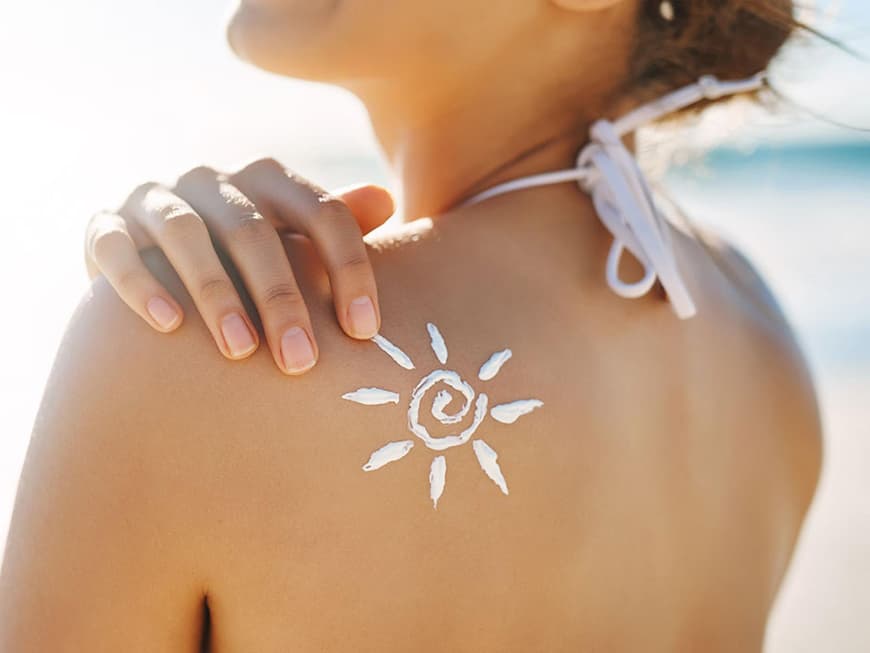
Polymorphic light dermatosis (PLD)
This form of skin irritation caused by sunlight is the most common variant. It develops a few hours to days after sun exposure and leads to very itchy, reddish patches, blisters, wheals or nodules. Hence the name polymorphic (Greek poly: "many", morph: "shaped"). The exact processes in the body have not been clarified.
However, the symptoms often occur when the skin has not been exposed to intense sunlight for a long period of time. The best immediate remedy is to get out of the sun and get an antihistamine (pharmacy). You should then discuss further treatment with your dermatologist.
Photoallergic skin reaction
Sunlight alone is not the villain in this skin condition. The unpleasant reaction only occurs in combination with certain substances from cosmetics, perfumes or medication. It is thought that these substances combine with the UV-A rays and trigger an allergic reaction in the immune system.
So-called Mallorca acne
In this case, you cannot tolerate the sun in combination with sweat and oily sun creams. Fats and emulsifiers lead to acne-like pustules on the décolleté, shoulders and arms. It is therefore better to switch to oil-free protection.
You may also be interested in this:
Sun protection: Are we protecting ourselves too much?
Erythropoietic protoporphyria: Carina's biggest enemy is the sun
Sun at last: the right sun protection for our skin
Clear skin despite acne: 7 tips against pimples
Expert tip: What to do with acne?
Pollen allergy: What helps with hay fever
